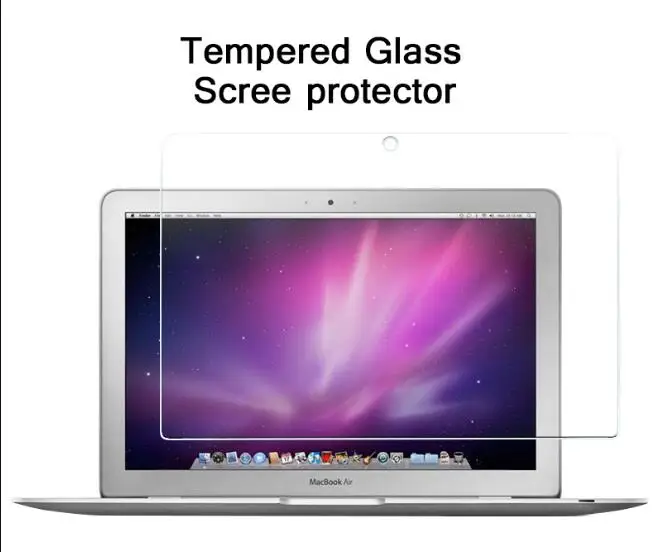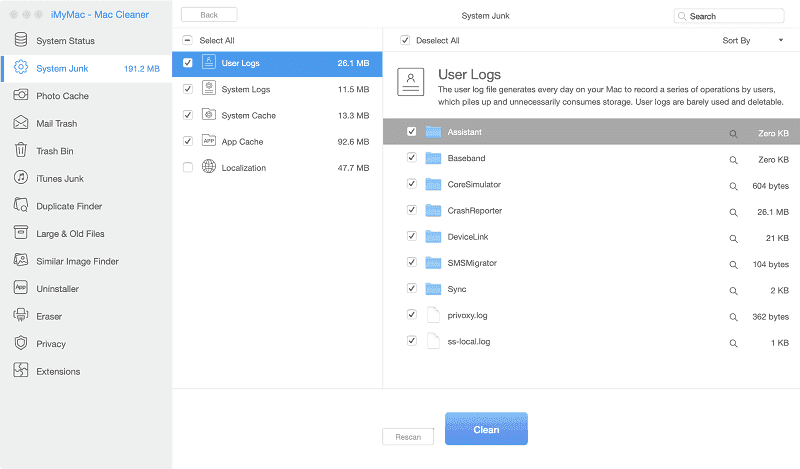

Unlike Windows 10 computers, it’s difficult to upgrade the RAM on your Mac.īut, before you go out and buy a brand-new computer, here are some steps you can take to free up some precious RAM. Old files and cluttered caches can eat away at it over time, causing your computer to slow down significantly. Most Mac computers ship with around 8 GB of RAM. Not only can the program scan out caches at one click, it can also classify caches into different categories so that you can better identity the safe files to delete.ĭownload Macube Cleaner by clicking the button and see how easy it is to access and delete caches with the program.Is your Mac slow? Are you suffering from freezes, crashes, reboots, or lag? Your random access memory (RAM) may be to blame. Macube Cleaner (opens new window) is a cleaner that can simplify the process of caches cleaning. That's why you need a Mac cleaner to help you. And with so many folders on ~/Library/Caches, users tend to mistakenly delete useful files. However, not all caches are safe to delete since some applications save important files on their caches folders. How to Delete Caches on MacBook Air?Īfter you have found the caches folder, you can then delete the caches manually. Type open ~/Library/ to open the Library directory. Go to Finder > Go > Utilites and open Terminal application.

After you have accessed Library directory for several times, it will begin to appear in the Recent Folders menu for easy access. Open Go menu and press Option button, the hidden Library directory will show in the menu. Press Command + Shift + G buttons to bring out Go to the Folder window. So it requires a few procedures to access the caches manually. Since Mac OS 10.7 Lion, ~/Library directory, which saves files (including caches) for apps to run, is hidden in Mac system.


 0 kommentar(er)
0 kommentar(er)
